A lush, green lawn is the dream of many homeowners, but achieving it requires more than simply applying fertilizer at random. Fertilizing is a crucial part of lawn care, yet it is often done incorrectly, leading to wasted time, money, and sometimes damaged grass. Mistakes such as applying too much fertilizer, using the wrong type, or fertilizing at the wrong time are more common than you might think. Fortunately, with the right knowledge, these errors can be avoided. This guide explores the most frequent fertilizing mistakes and how you can prevent them to maintain a thriving, healthy lawn.
1. Over-Fertilizing the Lawn
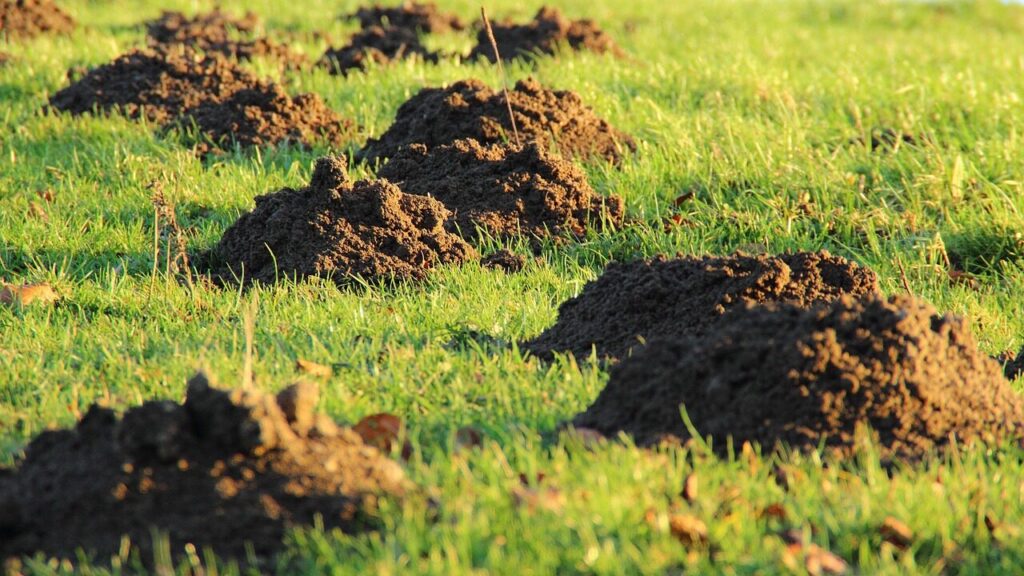
One of the most common mistakes homeowners make is applying too much fertilizer, thinking it will produce faster or greener results. Unfortunately, over-fertilizing can burn the grass, damage root systems, and lead to excessive growth that requires more frequent mowing. The excess fertilizer can also wash away into storm drains, causing environmental harm. To avoid this mistake, carefully read the product label and follow the recommended application rate for your specific type of grass. Remember that more fertilizer does not equal better results. Instead, a balanced and measured application leads to a healthier and more sustainable lawn over time.
2. Fertilizing at the Wrong Time
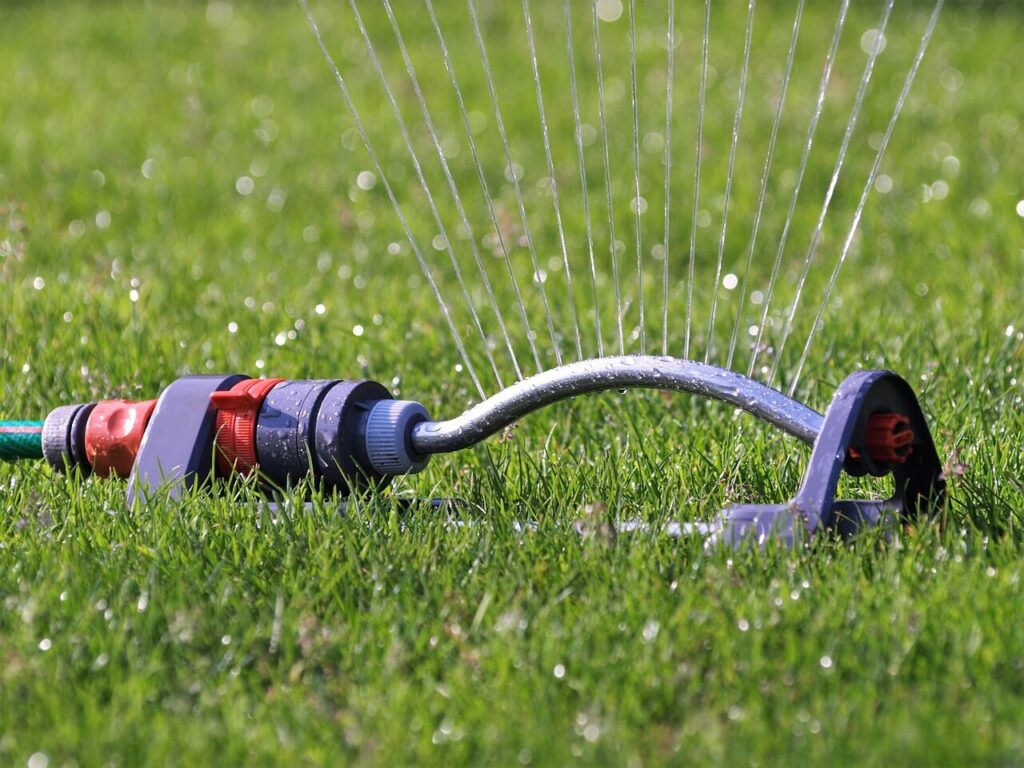
Timing plays a critical role in how effective your fertilizer will be. Applying fertilizer when your grass is dormant or not actively growing is ineffective and can even stress the lawn. Cool-season grasses need fertilizer in early spring and fall, while warm-season grasses thrive with summer feeding. Applying at the wrong time also increases the risk of fertilizer runoff, wasting product, and harming the environment. To avoid this mistake, learn your grass type and follow its natural growth cycle. Proper timing ensures nutrients are absorbed efficiently and your lawn stays green and strong throughout the growing season.
3. Ignoring Soil Testing
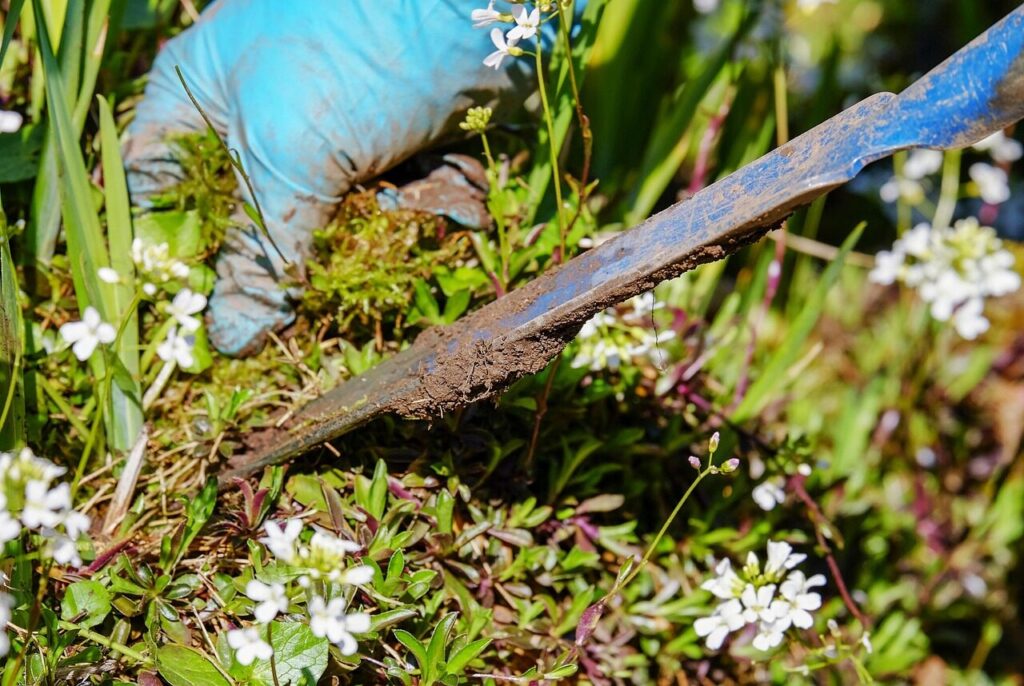
Many homeowners guess what nutrients their lawn needs, leading to overuse or underuse of certain fertilizers. Without a soil test, you may be applying unnecessary nutrients while neglecting the ones that are actually lacking. Soil testing reveals essential information such as nutrient levels, soil composition, and pH balance. This allows you to choose the right fertilizer for your lawn’s unique needs. Skipping this step often results in wasted money and poor results. Conducting a soil test every few years is an inexpensive and effective way to guide your fertilization plan and ensure your grass gets exactly what it needs.
4. Using the Wrong Fertilizer
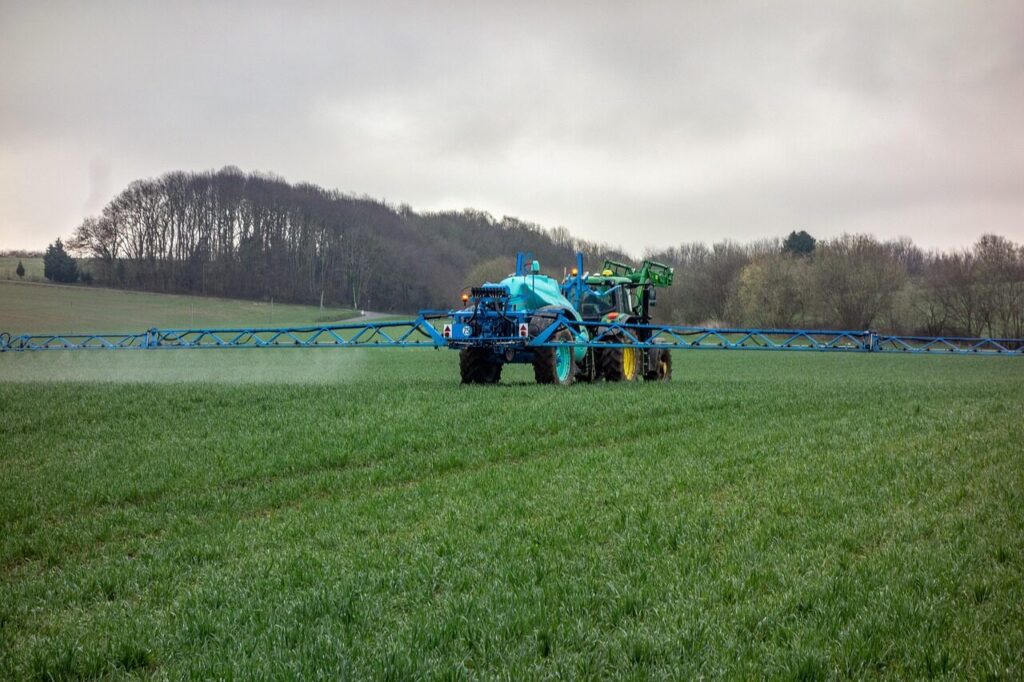
Not all fertilizers are suitable for every type of lawn, yet many people grab whatever is on sale or looks appealing without considering the specific needs of their grass. Using the wrong formula may provide too much of one nutrient and not enough of another, leaving your lawn unbalanced. For example, nitrogen-heavy fertilizers encourage fast growth but can weaken root development if overused. To avoid this mistake, always match your fertilizer to your grass type, soil test results, and seasonal requirements. The right fertilizer will promote steady, healthy growth and help your lawn resist pests, drought, and disease.
5. Uneven Application

Unevenly applied fertilizer creates visible patches of light and dark green across the lawn. Some areas may thrive while others struggle, resulting in an inconsistent and unattractive appearance. This often happens when fertilizer is applied by hand instead of using proper tools. The best solution is to invest in a high-quality broadcast or drop spreader, which ensures fertilizer is distributed evenly over the grass. When applying, overlap slightly while walking steadily to prevent streaking. By paying attention to application techniques, you will achieve a uniformly green lawn that looks well cared for and grows consistently across the entire yard.
6. Fertilizing Wet or Waterlogged Soil
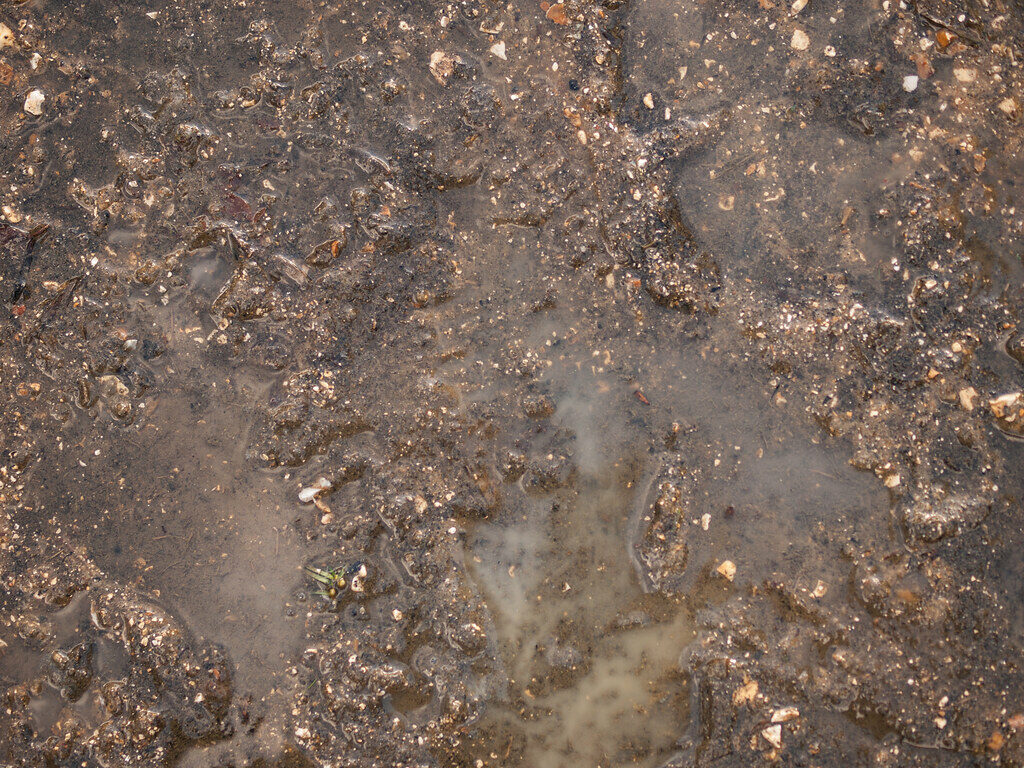
Applying fertilizer on wet or waterlogged soil reduces its effectiveness and can cause serious problems. When soil is saturated, nutrients are more likely to wash away before they reach the roots, wasting product and potentially harming the environment. Fertilizing in these conditions also risks burning the grass or creating uneven absorption. Instead, aim to fertilize when the soil is slightly moist but not soaked, as this allows nutrients to absorb properly. If heavy rain is forecasted, postpone fertilizing until the weather clears. Choosing the right soil conditions ensures your lawn gets the full benefit of the fertilizer you apply.
7. Skipping Watering After Application
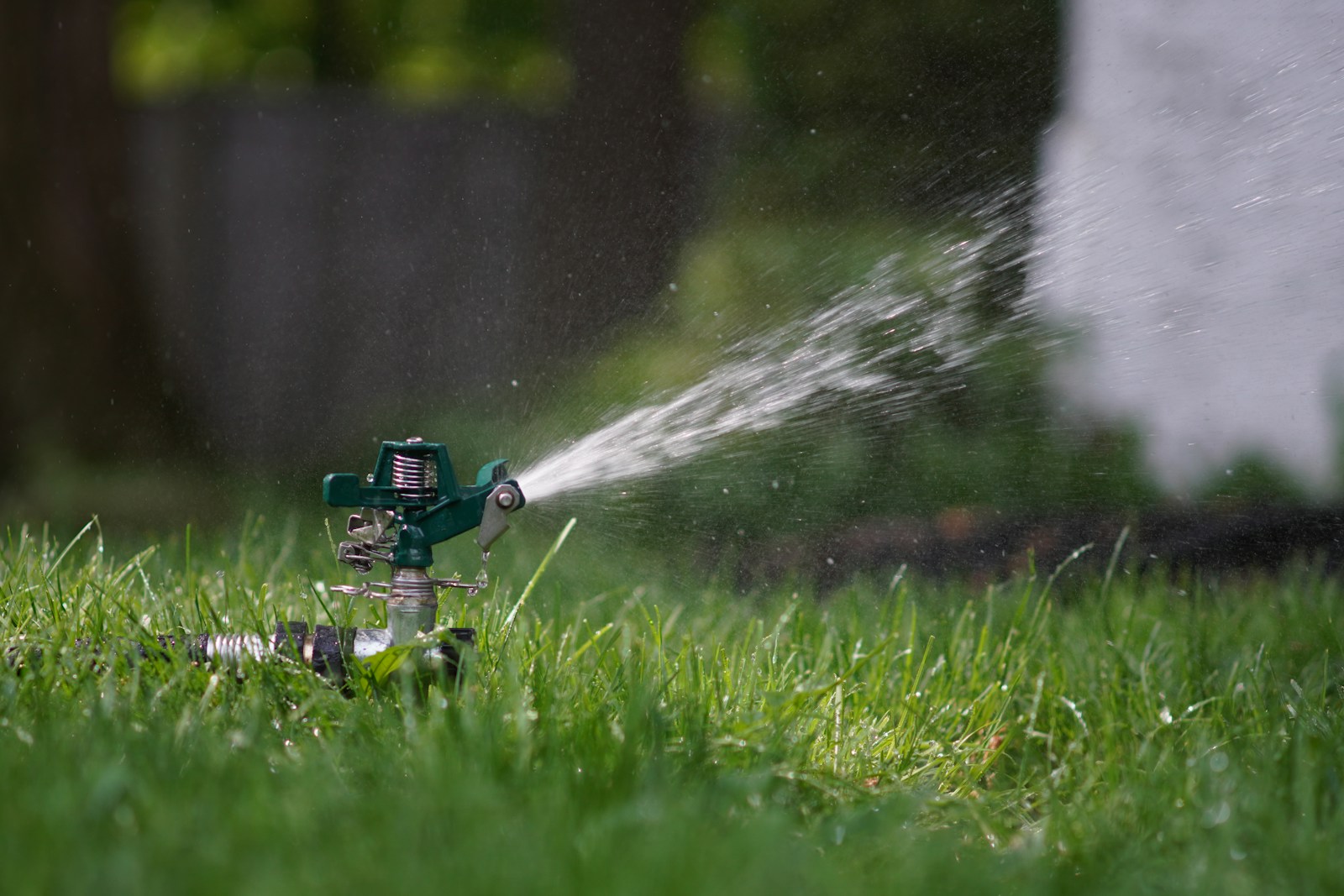
Watering after fertilization is an essential step that many homeowners overlook. Most fertilizers require moisture to activate and carry nutrients down to the roots where they are needed most. Without watering, fertilizer granules may sit on the surface and potentially burn the grass blades. Even liquid fertilizers benefit from light watering to ensure proper absorption. If you are using a slow-release formula, watering helps the process begin gradually. The key is to water lightly rather than saturating the soil, as too much water can wash nutrients away. This simple step makes a big difference in fertilization effectiveness.
8. Fertilizing Dormant Grass
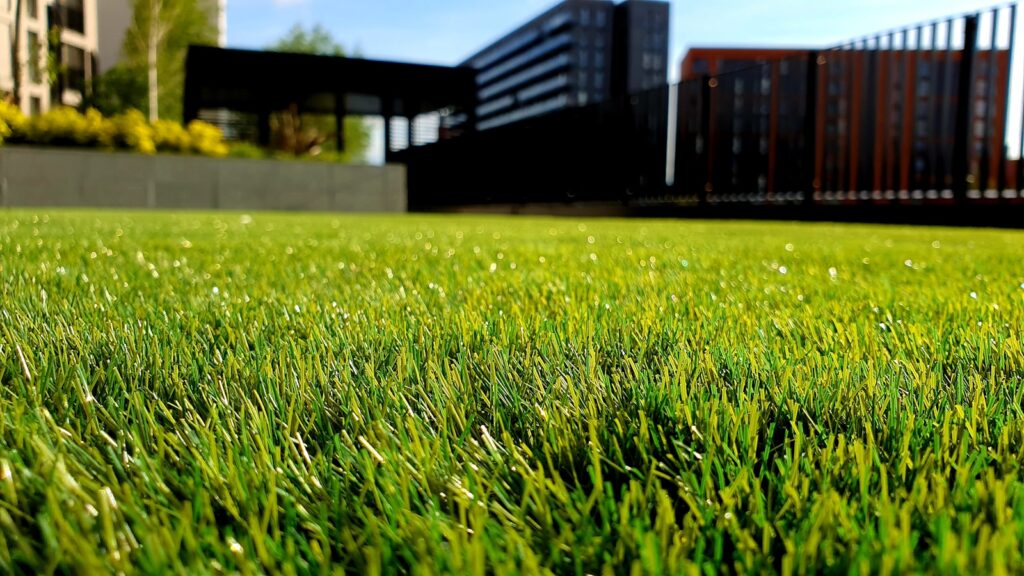
Fertilizing dormant grass is a common mistake that often leads to wasted effort and possible damage. Grass in dormancy, whether due to cold winter conditions or hot summer stress, cannot efficiently absorb nutrients. Applying fertilizer at this stage does not stimulate growth and can actually harm the lawn by encouraging weeds or increasing stress on the grass. Instead, wait until the grass has naturally begun to green up and is actively growing. Following the natural growth cycle ensures that the fertilizer you apply is used effectively, giving your lawn the nutrients it needs at the right time.
9. Neglecting the Edges
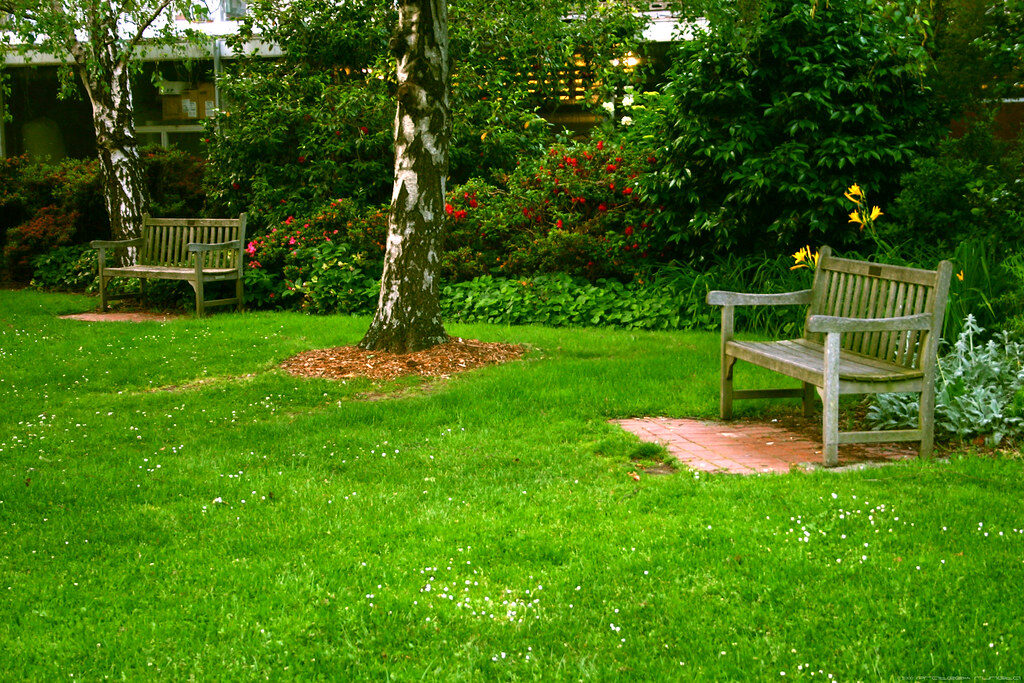
It is easy to focus on the main lawn area and overlook the edges, but this mistake creates an uneven appearance. Under-fertilized edges often look lighter in color and grow more slowly, making them stand out against the rest of the lawn. To prevent this, make sure to carefully cover edges and borders with the same amount of fertilizer as the main area. A spreader with edge control can help avoid uneven coverage or fertilizer spilling into unwanted areas. By paying attention to the details, you create a lawn that looks uniform and well-maintained from every angle.
10. Forgetting Long-Term Lawn Care
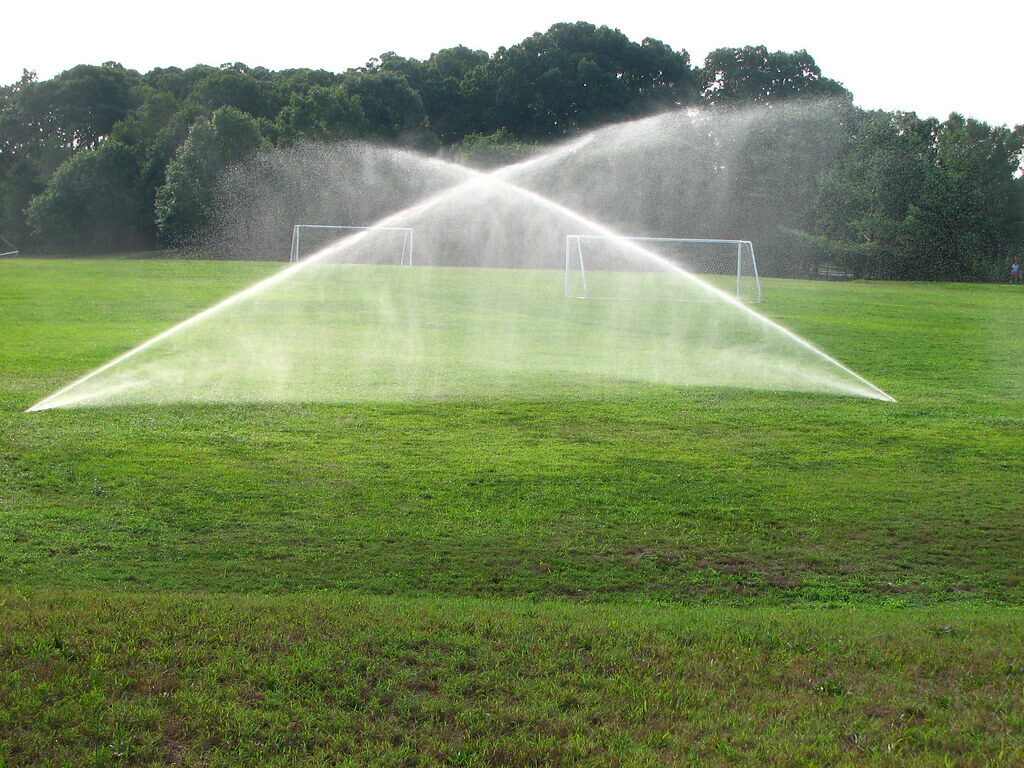
Many people think fertilizer alone will create a perfect lawn, but this is a mistake. Fertilizer is only one part of the overall lawn care process. Without proper mowing, watering, aeration, and weed control, fertilization will not achieve long-lasting results. Grass health depends on a combination of practices that work together to strengthen roots, improve soil quality, and maintain balanced growth. Focusing only on fertilizer often leads to short-term improvements followed by recurring problems. By integrating fertilization with a complete lawn care routine, you ensure your lawn stays vibrant, resilient, and beautiful throughout the year.
Comments